- Liliaceae
- Lamiaceae
- Euphorbiaceae
- Leguminosae
- Zingiberaceae
- Chloranthaceae
- Campanulaceae
- Asteraceae
- Acanthaceae
- Orchidaceae
- Polygonaceae
- Ranunculaceae
- Vitaceae
- Rubiaceae
- Solanaceae
- Thymelaeaceae
- Saururaceae
- Moraceae
- Polypodiaceae
- Myrtaceae
- Araceae
- Adiantaceae
- Schisandraceae
- Amaranthaceae
- Berberidaceae
- Araliaceae
- Taxaceae
- Cucurbitaceae
- Apiaceae
- Guttiferae
- Scrophulariaceae
- Papilionaceae
- Caprifoliaceae
- Elaeagnaceae
- Apocynaceae
- Brassicaceae
- Papaveraceae
- Gentianaceae
- Paeoniaceae
- Lauraceae
- Punicaceae
- Nyssaceae
- Ephedraceae
- Gnetaceae
- Polygalaceae
- Violaceae
- Ginkgoaceae
- Cupressaceae
- Dipsacaceae
- Eucommiaceae
- Juglandaceae
- Dryopteridaceae
- Rosaceae
- Huperziaceae
- Caryophyllaceae
- Rhamnaceae
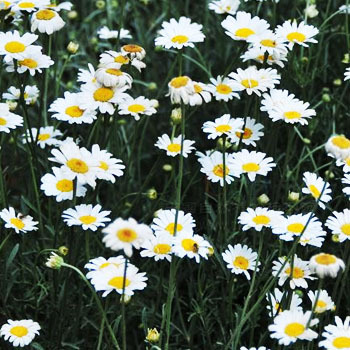
Tanacetum cinerariifolium
- Introduction
- Download
Blast
The T. cinerariifolium (previous species name: Chrysanthemum cinerariaefolium) aka pyrethrum, a perennial herb belonging to the family Asteraceae is a remarkable plant. The plant is well known for its economic importance as a source of an important group of secondary metabolites known as pyrethrins, which is a potent insecticide. Pyrethrins are esters of either pyrethric acid or chrysanthemic acid with alcohol moiety termed as rethrolone. Pyrethrins are a set of six structurally similar compounds including pyrethrin I, cinerin I, jasmolin I (pyrethrin Type I) and pyrethrin II, cinerin II, jasmolin II (pyrethrin Type II). Although pyrethrins occur throughout the aerial parts of the plant, the maximum accumulation of pyrethrin is concentrated in the flower heads, which is many folds higher than in leaves
Year: 2017
Institution: Plant Biotechnology Division, Central Institute of Medicinal and Aromatic Plants (CSIR-CIMAP), Kukrail Picnic Spot Road, P.O. CIMAP, Lucknow 226015, India
Material:
http://www.herbal-genome.cn/index.php?m=content&c=index&a=show&catid=100&id=133
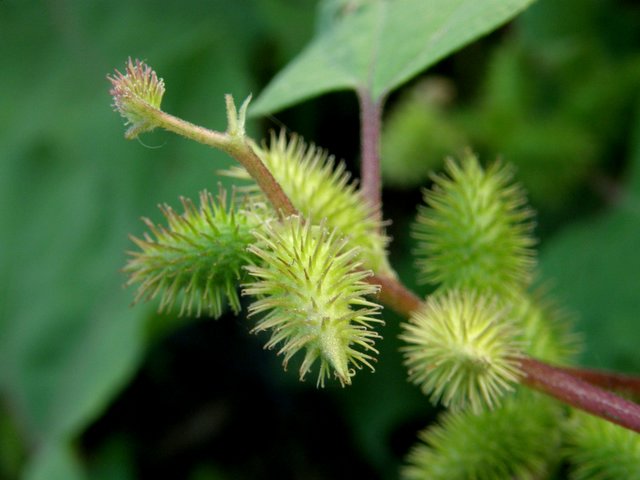
Xanthium strumarium
- Introduction
- Download
Blast
Xanthium strumarium (rough cocklebur, clotbur, common cocklebur, large cocklebur, woolgarie bur) is a species of annual plants belonging to the Asteraceae family.
Year: 2016
Institution: Department of Medicinal Plant, College of Plant Science and Technology, Huazhong Agricultural University, Wuhan, 430070, P.R. China
Material: Beijing,China
Download: http://www.herbal-genome.cn/index.php?m=content&c=index&a=show&catid=100&id=132
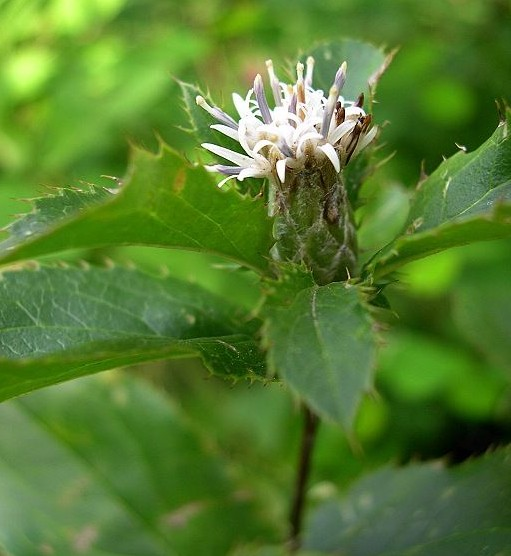
Atractylodes lancea
- Introduction
- Download
Blast
Atractylodes lancea (Thunb.) DC. (Compositae), also called Cangzhu in Chinese, is a well-known and widely prescribed traditional Chinese herb. The rhizome of A. lancea has been used for the treatment of digestive disorders, rheumatic diseases, night blindness, and other conditions which is explained by eliminating dampness, invigorating spleen, and expelling wind according to the theory of traditional Chinese medicine. Modern pharmacological studies show that A. lancea has broad pharmacological effects on the nervous, gastrointestinal, and cardiovascular systems. Anticancer, antimicrobial, and anti-inflammatory activities have also been demonstrated for the crude extracts of the A. lancea rhizome and its major constituents, such as atractylodin, β-eudesmol, hinesol, and atractylone. A. lancea is widely distributed in East Asia, especially in China.
1
Year: 2016
Institution: College of Pharmacy, Hubei University of Chinese Medicine, Wuhan, China
Material: Jiangsu, China
2
Year: 2016
Institution: Department of Medicinal Plant, College of Plant Science and Technology, Huazhong Agricultural University, Wuhan, 430070, P.R. China
Material: Hubei, China
Download: http://www.herbal-genome.cn/index.php?m=content&c=index&a=show&catid=100&id=131
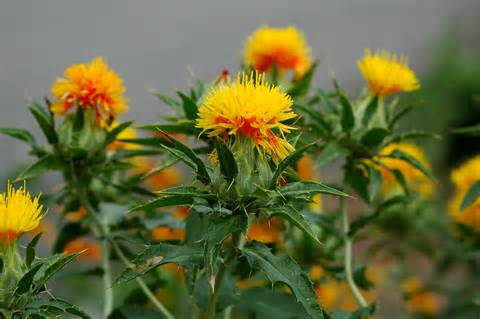
Carthamus tinctorius L.
- Introduction
- Download
Blast
Safflower (Carthamus tinctorius L.), is a widely used herbal plant in the family Compositae, which are cultured in many countries worldwide. In China, safflower plays an important role in meals, dye and traditional medicine. Safflower flowers have important pharmacological effects, such as promoting blood circulation to remove blood stasis and alleviate pain . The chemical components of safflower are diverse, including flavonoids such as safflor yellow, alkaloids and fatty acids , polysaccharide and others.
1
Year:2012
Institution:Department of Traditional Chinese Medicine Study, Industrial Crop Institute, Sichuan Academy of Agricultural Sciences, Jianyang, Sichuan, China
Material: Shanxi, China
2
Year:2015
Institution:Ministry of Education Engineering Research Center of Bioreactor and Pharmaceutical Development, Jilin Agricultural University, Changchun
Material: Xinjiang, China
Data link: http://herbalplant.ynau.edu.cn/index.php?m=content&c=index&a=show&catid=100&id=35
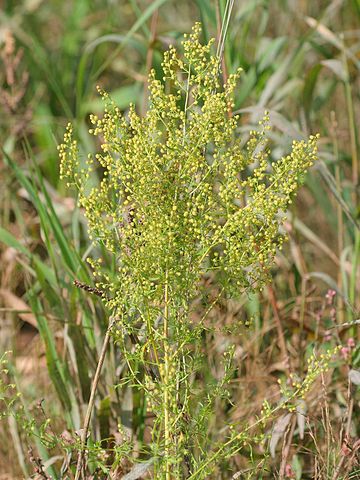
Artemisia annua
- Introduction
- Download
Blast
Artemisia annua, also known as sweet wormwood, sweet annie, sweet sagewort, annual mugwort or annual wormwood. In traditional Chinese medicine, A. annua is traditionally used to treat fever. In 1972, the active ingredient, artemisinin (formerly referred to as arteannuin), was isolated and its chemical structure described. In addition, A. annua is one of the four medical plants with the highest Oxygen radical absorbance capacity (ORAC) level. (https://en.wikipedia.org/wiki/Artemisia_annua)
Year:2009
Institution:South China Botanical Garden, Chinese Academy of Sciences
Yunnan Agricultural University
Material: Sichuan, China
Data link: http://herbalplant.ynau.edu.cn/index.php?m=content&c=index&a=show&catid=100&id=36
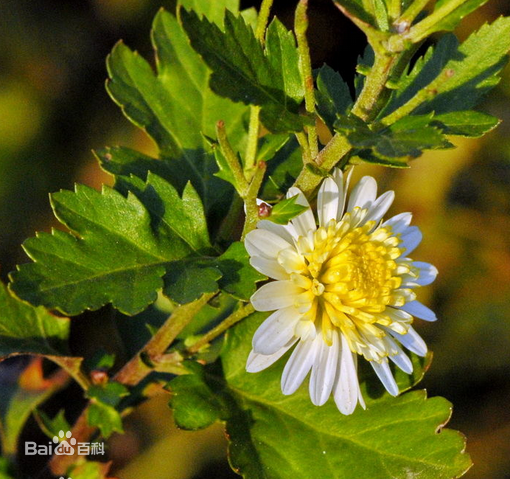
Dendranthema indicum var.Aromaticu Q.H.Liu et S.F.Zhang
- Introduction
- Download
Blast
Dendranthema indicum var.Aromaticu Q.H.Liu et S.F.Zhang, a flowering plant commonly called Indian chrysanthemum, within the family Asteraceae and genus Chrysanthemum. The plants can used for the prevention and treatment of cold, headache, bacillary dysentery and high blood pressure.
Year:2016
Institution:South China Botanical Garden, Chinese Academy of Sciences
Yunnan Agricultural University
Material: Wuhan, China
Data link: http://herbalplant.ynau.edu.cn/index.php?m=content&c=index&a=show&catid=100&id=37

Farfugium japonicum (L.f.) Kitam
- Introduction
- Download
Blast
Farfugium japonicum syn. Ligularia tussilaginea is a species of flowering plant of the family Asteraceae, also known as leopard plant, green leopard plant. It is native to streams and seashores of Japan, where it is called Tsuwabuki. Farfugium japonicum contains tumorigenic pyrrolizidine alkaloids.
Year:2016
Institution:South China Botanical Garden, Chinese Academy of Sciences
Yunnan Agricultural University
Material: Wuhan, China
Data link: http://www.herbal-genome.cn/index.php?m=content&c=index&a=show&catid=100&id=38